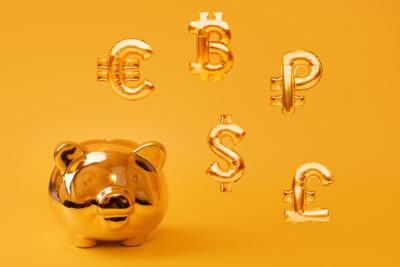2012 Currency Rankings In Terms of Gold
Now that 2012 has come and gone, here are the 15 most traded currencies ranked by their performance against the yellow metal.
Among the top performers, the New Zealand dollar and Swedish Krona should not come as a big surprise; the central banks of both countries have gained a reputation for relatively conservative monetary policies. The one that stands out is the traditionally weak Mexican peso; over the last 5 years, gold has risen 140% priced in pesos. But policy makers have stood by the decision to allow the peso to freely float and have avoided intervening in the foreign exchange market to keep the peso from rising against the U.S. dollar. The decision to increase its gold reserves to the tune of 16.8 metric tons in 2012 further shows that Mexico is serious about a strong peso.
Most of the currencies occupying the bottom five should also come as no surprise given the loose monetary policies pursued by the central banks of these countries. Still, the poor performance of the Japanese Yen deserves attention. Over the last 5 years, gold appreciated the least against the Yen at only 52%, yet almost a third of that came in 2012. The central bank of Japan is notorious for intervening in the foreign exchange market in order to keep the Yen from rising against major currencies—primarily the U.S. dollar and the Euro—but the interventions only worked temporarily because the Federal Reserve and the European central bank inflated their currencies at a faster rate. With the foreseen election of Shinzo Abe, a renowned hater of a strong Yen, as prime minister, the central bank may finally get the devaluation it wants.
When assessing the value of currencies, the exchange rate with gold must be considered. Since all central banks are constantly inflating their currencies, comparing one to another says little about a currency’s overall strength. Measuring a country’s consumer price index will help given the government isn’t underestimating price increases. Yet the CPI will only indicate a currency’s past, not its future. This is why it’s essential to measure a currency’s exchange rate with gold. Gold has over a 2000-year history in maintaining its value because, unlike fiat currency, governments cannot print more gold.
Devin Roundtree received his M.A. in economics from the University of Detroit Mercy.








